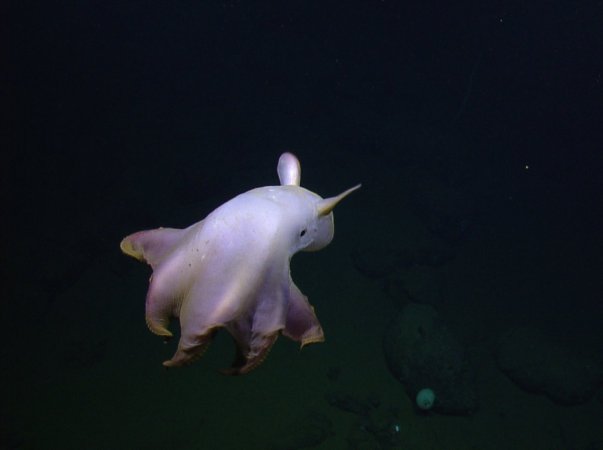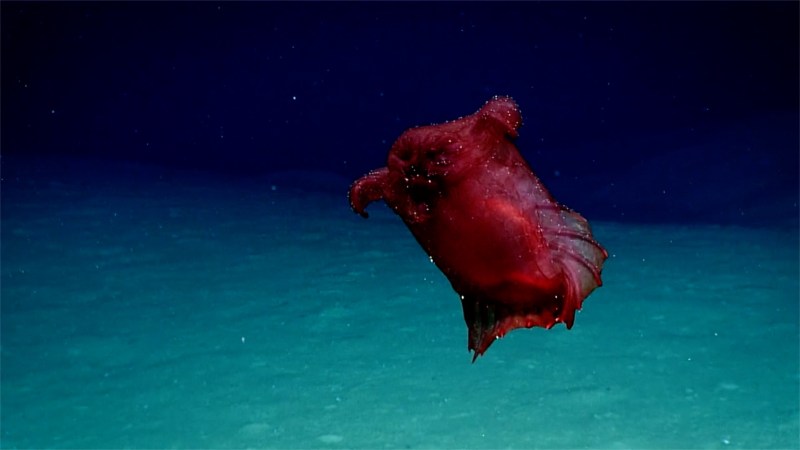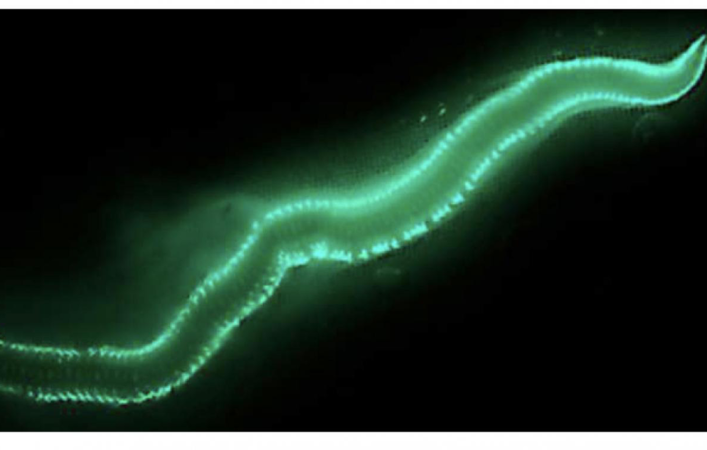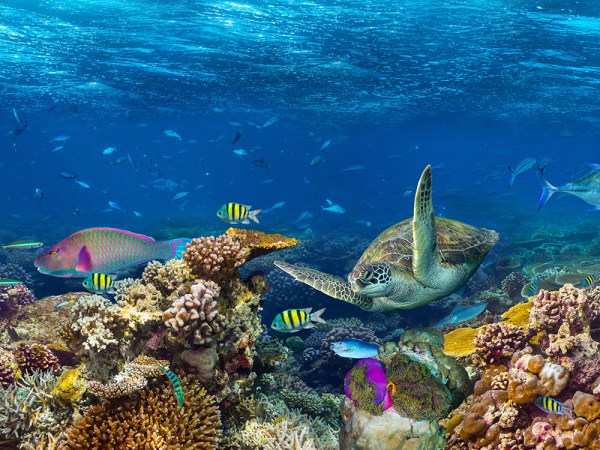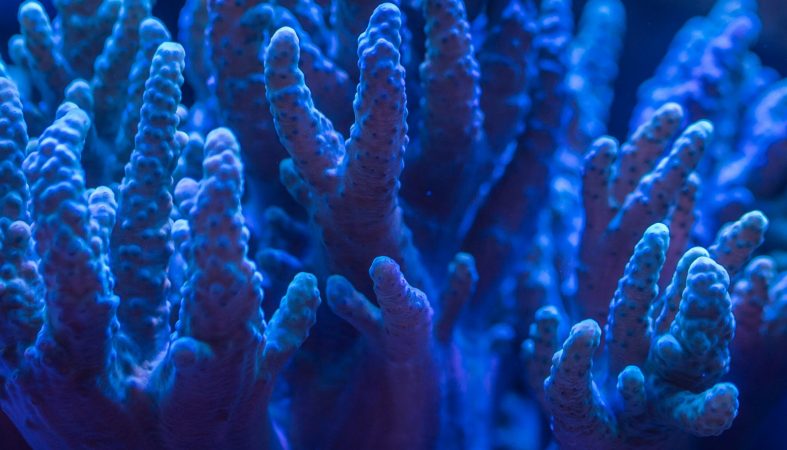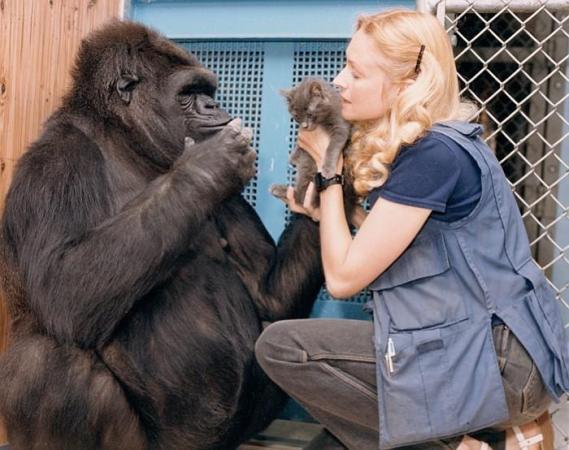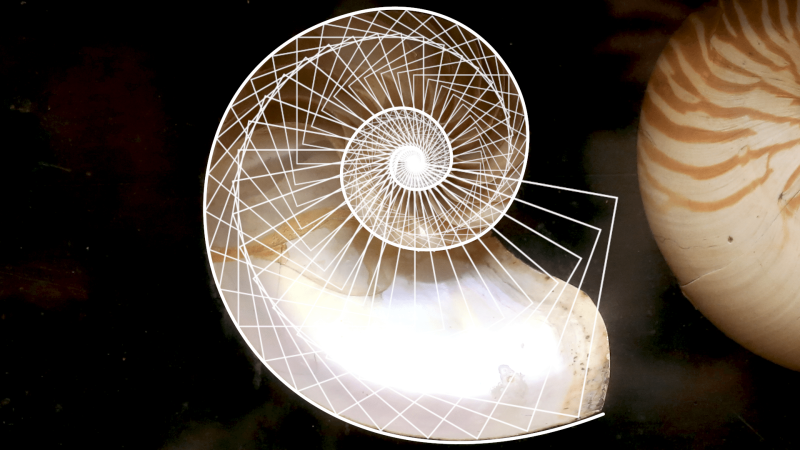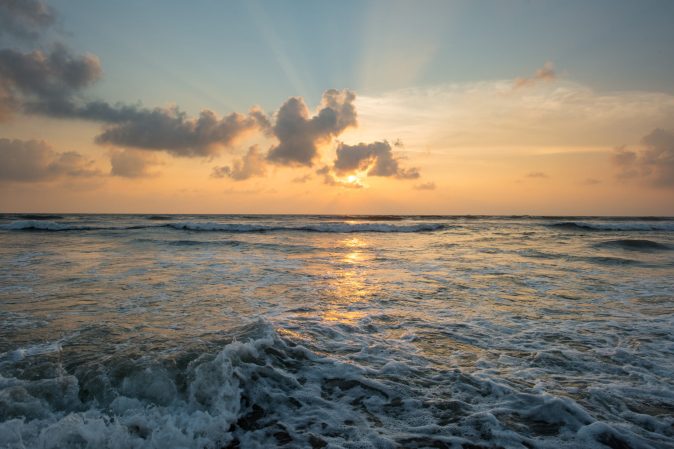

This article was originally featured on Saveur.
“Evolutionarily, if you’re a baby oyster, the best place to settle is going to be where there are adult oysters that have grown up and survived,” explains Robert Dunn, Ph.D, an ecologist and research coordinator for the North Inlet-Winyah Bay National Estuarine Research Reserve.
With extensive salt marshes and estuaries for oysters to call home, South Carolina’s Lowcountry has long been a favored environment of the saltwater bivalves. Dunn explains that oysters have “been a resource for millennia, going back to Indigenous [communities],” who relied on the marine creatures as a food source and also heaped the shells and other cultural materials into refuse mounds called middens. (Up and down the Atlantic Coast of the U.S., middens are now helping archaeologists study these Indigenous people’s ways of life). But when the Industrial Revolution ushered in the mass harvesting of shellfish, overfishing and pollution disrupted oysters’ ecosystems and slashed their numbers. Current populations across the country are only a fraction of their historic levels.
Today, South Carolina is actively working to restore and sustain its wild oysters. To help maintain existing habitats, the state requires licenses for the recreational and commercial harvesting of shellfish, and controls where and when harvesting activity can take place. South Carolina’s Department of Natural Resources has also deployed initiatives to recycle and replant oysters shells; its South Carolina Oyster Restoration & Enhancement (SCORE) program operates drop-off points around the state where residents can bring shells to reseed back into the ocean.
Oyster shells, both live and dead, provide the main habitat for the next generation of oysters by serving as anchors to which babies can attach themselves. An entire cluster of the mollusks can grow from a single shell. Returning shells to the state’s estuaries ensures that any larvae looking for a home can find something to which it can adhere. “There’s plenty of baby oyster larvae floating around in the water, at least at the moment,” explains Dunn. “Really what we’re limited on is substrate in the estuaries for those little larval oysters to settle on and grow up to become juveniles and then reproductive adults.”
The importance of replenishing this finite substrate is the reason many restaurants serving oysters in the Lowcountry will, after diners have slurped up the flesh, save and recycle the empty shells. Oyster consumption is deeply embedded in the culinary tradition of South Carolina, where community oyster roasts and raw bar gatherings are popular pastimes; this means local seafood distributors and eateries, as oyster purveyors, have an especially important part to play in preserving that valuable substrate.
Chef Shaun Brian Sells and seafood distributor Chris John, co-founders of CudaCo. Seafood House in Charleston, are among South Carolina’s oyster aficionados making it a priority to return shells to the ocean and upkeep the estuaries from which they harvest. Not only do Sells and John recycle oyster shells to bring them back to the coastal waters (collection bins were scattered throughout the space at an event they held recently during the Charleston Wine + Food Festival), they also collect the sediment that remains after washing their harvested shellfish. That material could include living bits of the ecosystem, such as crabs, baby oysters, and pluff mud. “All the things that the ecosystem already needs and is already thriving with—it’s right there.”
Sells believes restoration efforts must build strength in numbers by rallying a spirit of collective involvement. That’s why he and John also educate the community through events like boat excursions, taking visitors to the oyster beds so they can understand firsthand why it’s important to harvest the mollusks responsibly and recycle the shells.
Continued regeneration of the state’s oyster populations ensures the wild shellfish can carry on as a beloved food source in the Lowcountry, a region known for producing oysters with a uniquely briny, earthy flavor profile. “I would like to create a more plentiful, more abundant situation for our future,” says Sells. “We can focus on this local ecosystem that we have here and be stewards of it.”
The critical nature of oysters in the ecosystem is difficult to overstate, as the saltwater mollusks sustain not only other oysters but also a bevy of marine life. Along the Atlantic shoreline of the United States, the Eastern oyster is considered a foundation species, meaning the bivalves serve as the backbone of complex marine communities and promote biodiversity. Oysters cluster together as part of their natural life cycle, forming reefs that provide habitat for fish, crabs, and other marine creatures. “The little tiny fish, they need somewhere to hide,” says Joe Lotts, owner of Charleston Outdoor Adventures, a boat tour agency that works with Sells and John to organize excursions. “If we don’t have oyster beds, we don’t have small fish. We don’t have big fish, we don’t have sharks.” The health of oyster populations, whether positive or negative, has a disproportionate effect on the resilience of the entire ecosystem, which is why the state closely monitors harvesters. “If [John] takes out ‘x’ bushels, he has to put ‘x’ bushels of dead oyster shells back,” Lotts adds, noting that South Carolina revokes the licenses of those who don’t establish this equilibrium.
In addition to being the bedrock of many underwater communities, oysters also help maintain the cleanliness of South Carolina’s coastal waters. “This is the filter for the ocean,” Lotts explains. The bivalves purify the water of excess nitrogen, with an adult oyster capable of cleaning up to 50 gallons of water every day. “Tide comes in, dirty water comes in from the ocean, gets filtered by oysters. Water goes back out clean.” Lotts points out that even the local tourism industry relies on the ripple effects of oysters’ water-purifying abilities. “[Tourists] want to go to beautiful beaches, they want to come out on boat trips, and they want to see dolphins,” he says.
For oyster larvae to grow into robust filterers, available substrate to anchor them is a necessity. Actual shells are the most ideal option, but since quantities are still limited, ecologists are also researching the efficacy of man-made or recycled materials such as porcelain, limestone, crushed concrete, and non-oyster shells. “Oysters will settle on a variety of different substrates,” explains Dunn, but notes that “the calcium carbonate that makes up oyster shells are what is most attractive to a settling oyster larva.”
Oysters are a beloved food in South Carolina, and the state is working hard to rebuild coastal reefs that will support and sustain future oyster populations. “I don’t want to discourage folks from getting out and picking their own oysters and having a great day on the water,” says Dunn. Still, it’s worth keeping in mind that every shell removed from the estuary could be the base for next year’s new oysters. “Once you lose that natural shell base, it’s going to be a long time before you get enough recruitment in your oyster population to keep it sustainable.”
It’s clear that the cultural, economic, and environmental contributions of oysters run deep in the Lowcountry. The best way for humans to return the favor? Recycle those shells.
